Whether or not you're a wine drinker you may have wondered what's the difference between the Italian Chianti and Sangiovese. This simple guide to Italian wine will answer all of your questions.
Chianti and Sangiovese wines are adored by wine lovers all over the world.
To better understand the difference between these two, we should first see how wines get their names. This is mainly done in three different ways:
- They can be named after the main grape varietal used (mostly for monovarietal wines) such as Cabernet Franc, Sangiovese, Sauvignon Blanc, Pinot Noir, etc.
- A second way is to be named after the region in which they've been produced. For example: Barolo, Chianti, Bordeaux, Châteauneuf-du-Pape, etc.
- The third way is to be given a name that's irrelevant with the grape variety or the region. This name can be the name of the chateau, the name of a person close to the producer, or a name the producer likes. For example: Dom Perignon, Dominus, Blue Fox, Evangelo.
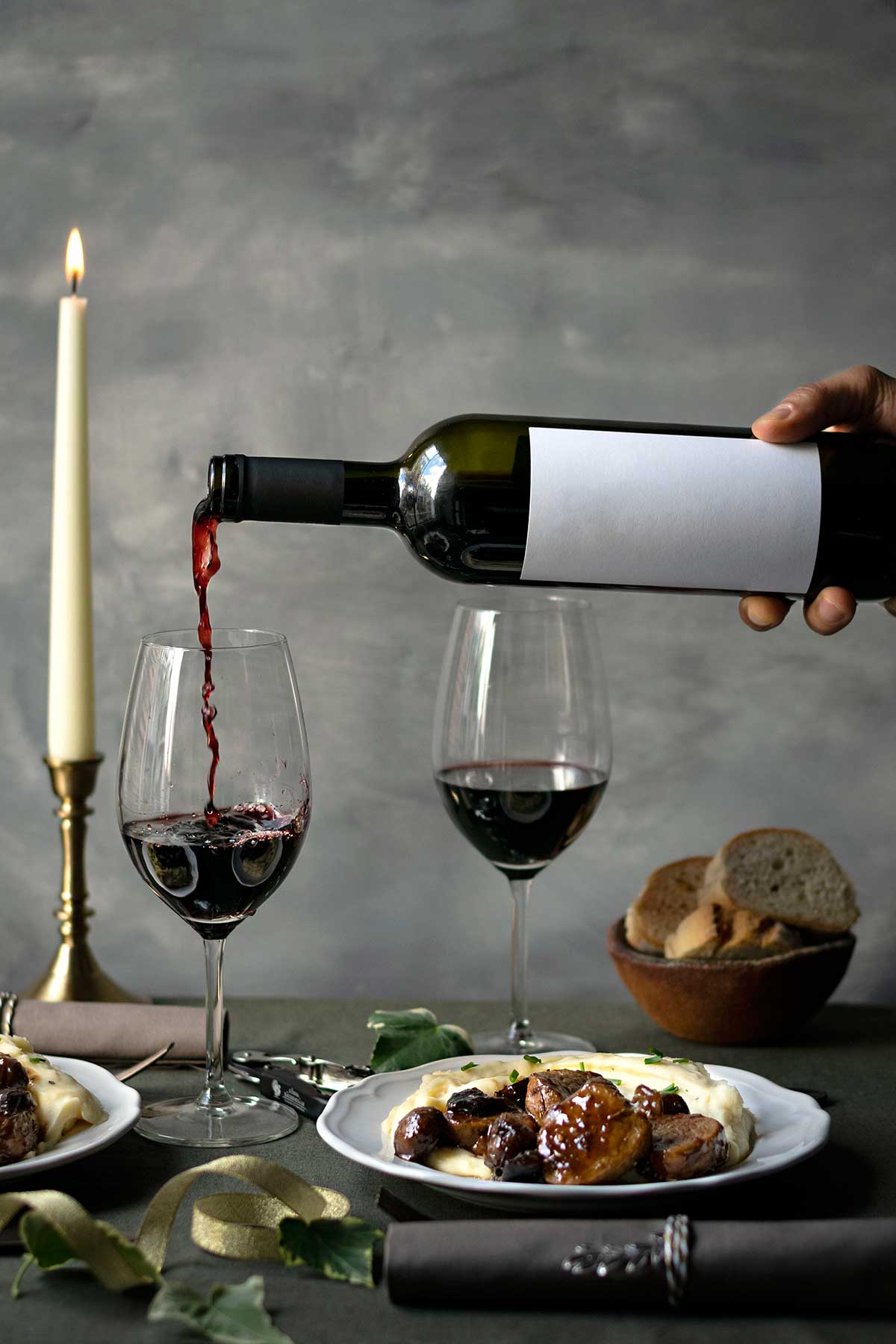
Jump to:
The main difference
Both of these wines are made with red grapes from the same Italian wine regions.
The main difference between Chianti and Sangiovese is that Chianti is a specific style of wine made primarily from Sangiovese grapes grown in the Chianti region of Tuscany (central Italy), while Sangiovese refers to any wine made from the Sangiovese grape variety, regardless of where the grapes are grown, including outside of Italy.
In simpler words, Chianti wine can only be made in the Chianti region of Italy and gets its name by that region, whereas Sangiovese can be made everywhere and gets its name by the Sangiovese grape which is the only or the predominant grape variety used.
Characteristics Comparison
Keep in mind that as with many wines, the characteristics can vary depending on the style of each producer.
Flavor
In terms of flavor, both Chianti and Sangiovese wines have fruit-forward flavors.
However, Chianti may have a more complex flavor profile due to the use of other grape varieties in the blend, with earthy and savory notes of ripe fruit, herbs, spices and tobacco.
Sangiovese tends to be more fruit-forward, with noticeable notes of cherry flavor and strawberry.
Body
Chianti is usually a medium-full body wine while Sangiovese is typically a medium-bodied red wine.
Tannins
Chianti is high in tannins whereas Sangiovese has medium-high tannins.
Acidity
Both wines have medium-high acidity.
Alcohol level
Sangiovese can have anywhere from 12 - 14% alcohol content whereas Chianti is 12 - 14.5% ABV.
Sweetness level
Both wines are considered dry, meaning they have minimum amount of residual sugar.
Aging Process
Barrel aging is the step between fermentation and bottling. This aging process gives the wine additional flavors.
Chianti usually requires longer aging than Sangiovese. Chianti Classico must be aged for at least 11 months in oak barrels, Chianti Riserva for at least two years and Chianti Gran Selezione for 30 months.
Sangiovese, in most cases, is lightly aged in neutral oak barrels (but this again can depend on the producer).
Aging potential is the length of time a wine can hold up in a bottle and be enjoyable. To properly age a wine in the bottle you should store it in a cellar or a special wine fridge.
Chianti Classico should be drunk in the first 10 years of its production. Chianti Riserva can age for 10-15 years and Gran Selezione can age for 20-30 years.
Sangiovese's aging potential depends on the producer. In many cases, the pricier the wine, the longer it will last (provided it's stored under the right conditions).
Serving temperature
Both wines are best enjoyed at room temperature (60–68°F / 15-20°C)
Now that the Chianti vs Sangiovese question is covered, let's see some useful information about these wines.
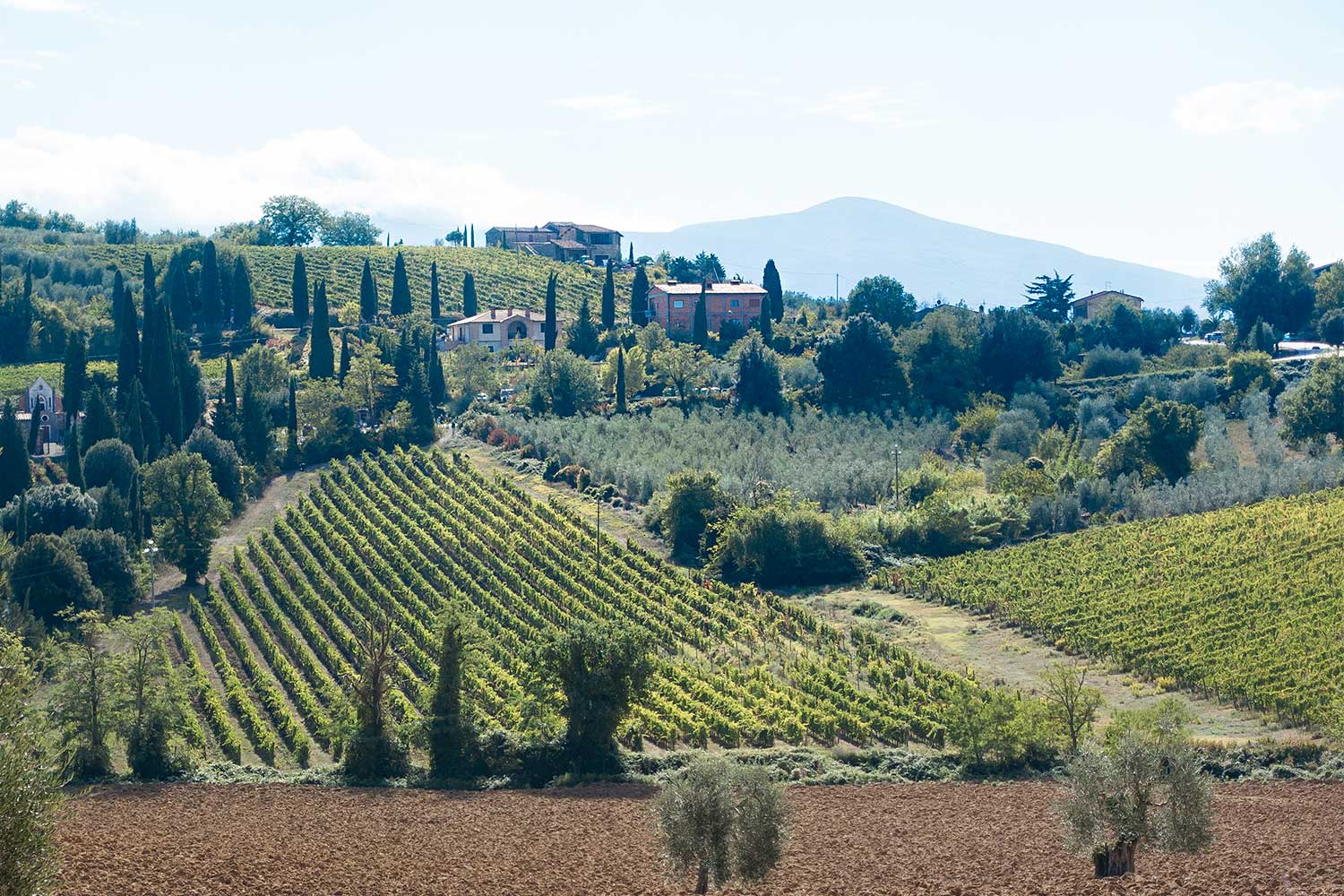
Chianti wine guide
Chianti is a blend of at least 80 percent Sangiovese grapes (the main grape variety) and can also include other red grape varieties such as Canaiolo, Colorino, Ciliegiolo and international varieties like Merlot.
During the past, the use of white grapes in a small percentage was not uncommon, but that is forbidden since 2006 for Chianti-labelled wines.
The wine is produced in the Chianti region of Tuscany and must meet certain regulations, including aging requirements and alcohol levels, to be labeled as Chianti.
Traditionally, it was sold in a squat bottle wrapped with a straw basket, called fiasco, but today most Chianti is bottled in more common shaped wine bottles.
It is known for its bright acidity, fruity flavors and medium body. However it produced in a variety of styles, meaning that it can range from traditional savory wines aged in oak barrels to modern, stainless steel tank aged wines full of fruity flavors.
The DOC (Denominazione di Originale Controllata) and DOCG (Denominazione di Originale Controllata e Garantita) is classifications by the Italian government meaning that the wines are produced under controlled methods (DOC) and have guaranteed quality (DOCG). All wines labelled as Chianti are DOCG.
Types
The most common types of Chianti DOCG are:
1. Standard Chianti: made from a blend of at least of 70% Sangiovese grapes and aged for 3 or more months.
2. Chianti Classico: made from a blend of at least of 80% Sangiovese grapes and then aged for 10 or more months. Chianti Classico always carries the symbol of the black rooster on the label, to distinguish it.
3. Chianti classico Riserva: a very complex Chianti with soft, velvety tannins aged for 2 years or more.
4. Chianti Superiore: a blend made under stricter rules with the best quality Sangiovese grapes from vines with lower yields. This makes the wine more concentrated, complex and age worthy.
Tasting Notes
Chianti wines are typically medium-bodied with high acidity and savory flavors of ripe fruit such as plums and sour cherries and notes of herbs, spice, and black tea.
Chianti Classico is more complex with additional notes of leather, tobacco, and dark fruit.
Chianti Food Pairings
A rule of thump is to pair products from the same region. In that sense, Chianti pairs well with a variety of Italian dishes.
The high acidity and savory notes of Chianti make it ideal with food. The high acid balances the fat from rich dishes and also stands up to tomato sauces.
Some classic pairings are with grilled steak, pizza (like this Greek pizza with feta), stews, dishes with olive oil and tomato sauce (such as spaghetti Bolognese, Lasagna, Stuffed Paccheri pasta, and tomato pasta).
It will also pair beautifully with a Mediterranean charcuterie board.

Sangiovese wine guide
The literal translation of the grape's name, the "blood of Jove", refers to the Roman god Jupiter.
Sangiovese is a red grape variety that is primarily grown in the Italian regions of Tuscany, Umbria, and Emilia-Romagna. It is the main grape used in some of Italy's best wines, including Chianti, Brunello di Montalcino, and Vino Nobile di Montepulciano.
Sangiovese resembles to Pinot Noir in the way it reflects the region characteristics where it is grown. Depending on the style, it can be light or bold with high levels of tannins.
Sangiovese tasting notes
Sangiovese wines are dry, usually with high acidity, medium body, and savory flavors with notes of red cherry, black cherry, blackberry, plum, and herbs.
Herbaceous notes such as truffles, mushrooms, licorice, black tea and spice can also be present.
Wines from warmer regions (like southern Tuscany) tend to be more fruit-forward, while those from cooler regions tend to be more acidic with coarser tannins.
Sangiovese Food Pairings
Due to the high acidity and full, supple tannins Sangiovese pairs perfectly with meat dishes, pasta and hard cheeses.
Some classic pairings include pasta with meat sauce (like Bolognese pasta or this Greek Pastitsio), pizza with sausage and mushrooms or this whole wheat Mediterranean pizza, and grilled lamb kebabs.
Another thing that pairs very well with this Italian red wine is mushrooms. So don't hesitate to open a bottle next time you have grilled or sauté mushrooms on the menu, or even a delicious creamy mushroom risotto.
And of course, it will accompany any simple cheese board for parties or small gatherings.
Overall, both Chianti and Sangiovese wines are versatile and food-friendly, making them a great choice for a wide range of meals and occasions. Whether you're enjoying a casual weeknight dinner or a special celebration, a bottle of either of them is sure to complement your meal and enhance your experience.

The super Tuscans
This article would not be complete without mentioning the super Tuscans.
A Super Tuscan is generally a red wine from Tuscany that does not restrain itself to indigenous Italian varieties but embraces international grape varieties such as Cabernet Sauvignon and Merlot to create complex premium single-varietal or blended wines.
As a result, super Tuscans are not bound by some of the Italian regulations but this doesn't mean they luck quality. In contrary, they can be some of the best wines in Italy.
The term "Super Tuscan" was first used in the 1970s to describe these wines that were made outside of the official Tuscan wine classification system, which only permitted certain grape varieties and production methods.
Super Tuscans are enjoyed by wine drinkers all over the world and often incorporate Sangiovese and other famous international, non indigenous varieties such as the French Cabernet Sauvignon, Merlot, Pinot Noir, Syrah (or Shiraz), and Petit Verdot.
These wines are rich, full-bodied, high in tannins and full of fruity flavors. If they undergo aging in oak barrels, they acquire complexity and secondary flavors of vanilla, spice, coffee, toast and chocolate.
However, Super Tuscans can vary greatly depending on the grape varieties and the vinification technique used by the producer.
While Super Tuscan wines were originally produced outside of the traditional wine regulations, many have now been granted official DOC or DOCG classification.
Price
Super Tuscan wines often cost more than other Tuscan wines because of their premium grape varieties, winemaking methods, and aging requirements.
They are considered to be some of the finest Italian wines and are highly sought after by wine lovers all over the world.




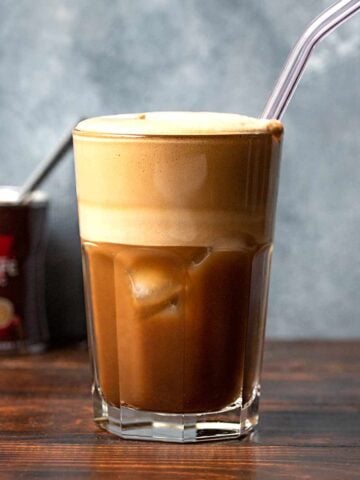
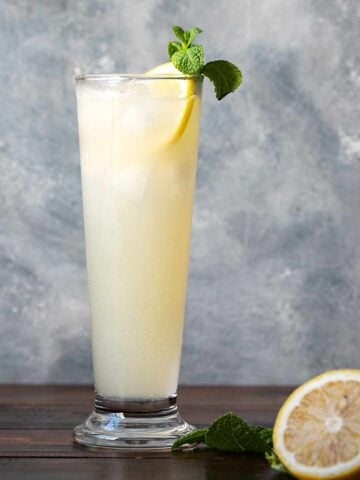
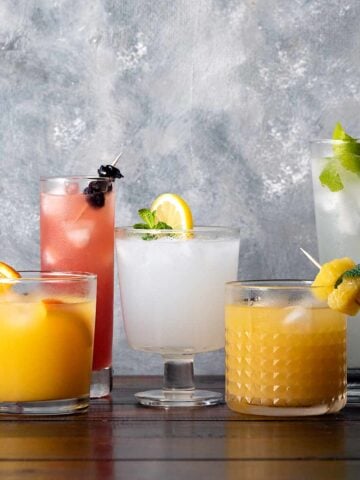
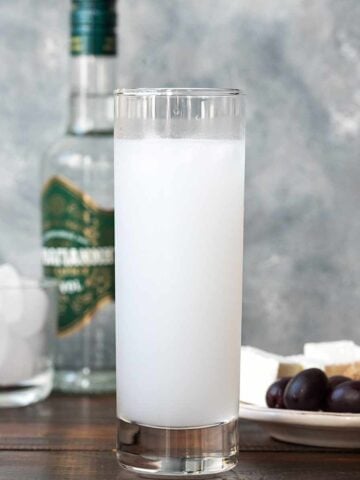
Anastasis says
Useful article!
Makos says
Thank you very much!
Stef says
Shhh 🤫, just pour me another!
Ananias says
Wow, amazing article in so to the point . And amazing site This is so good with the recipes that I will use it now that I’ve found it.👍👍👍
Makos says
Thank you so much Ananias!